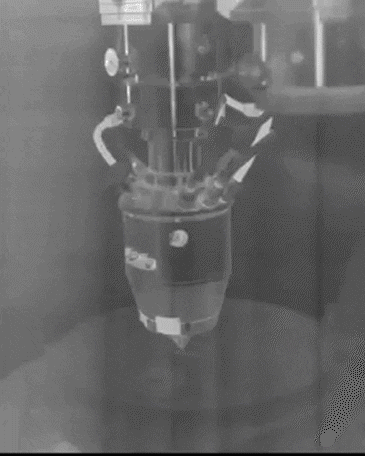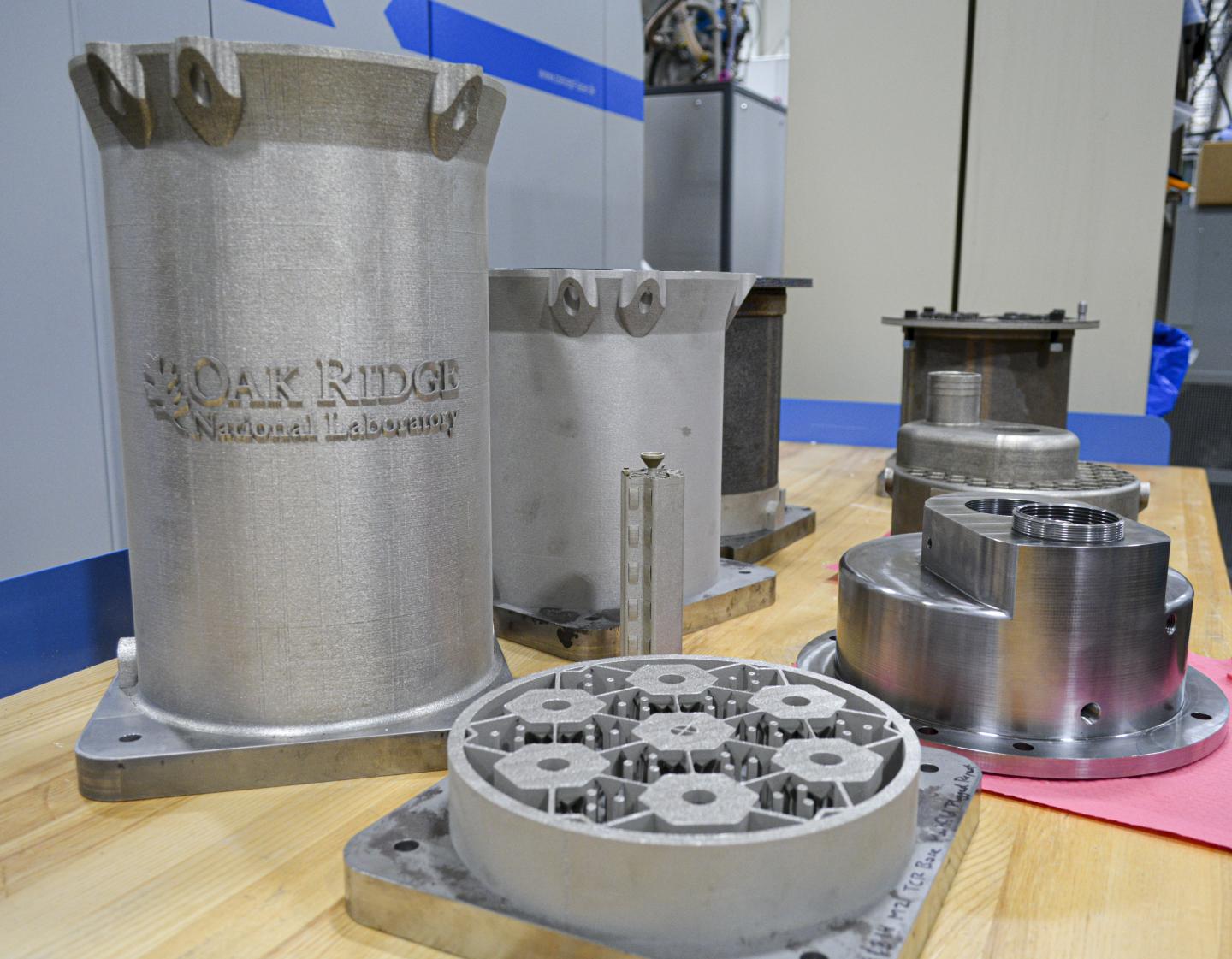Purdue University has received an $800,000 grant from the US Department of Energy (DoE) to accelerate the development of a 3D printed nuclear reactor core.
The grant will allow the engineers at Purdue to be key contributors to the Transformational Challenge Reactor (TCR) Demonstration Program, led by Oak Ridge National Laboratory. The project aims to build and introduce the world’s first 3D printed microreactor by 2023 using Directed Energy Deposition (DED) technology. Purdue, specifically, will be involved in the development of a novel artificial intelligence model to ensure nuclear-grade quality of the microreactor’s critical components.
Hany Abdel-Khalik, technical lead for the project and associate professor of nuclear engineering at Purdue, explains: “Purdue will fill a technological gap in the nuclear industry, reflecting a broader trend of applying AI strategies to support additive manufacturing. AM enables designs to be adjusted during manufacturing, greatly decreasing production cost and time. Our work is aimed at driving widespread adoption of additively manufactured reactor components by using an AI-powered software system to ensure safety and reliability.”

Nuclear reactors in the US
Microreactors are a new type of nuclear reactor characterized by their flexibility and versatility – traits typically not found in larger scale reactor systems. As it stands, 20% of the US’ electrical supply comes from nuclear energy, but all of the reactors providing it are based on 70 year old light water technology. Once up and running, the TCR microreactor will be the first advanced reactor to operate in the country in over four decades.
Abdel-Khalik adds: “Microreactors introduce a transformational trend to the nuclear industry – a trend that enables more streamlined construction and deployment processes to address the nation’s energy challenges that cannot be overcome solely with large-scale nuclear reactors.”
The combination of 3D printing, AI, and nuclear science
One of the core aims of the project is to encourage the use of 3D printing, computational modeling, and AI in the nuclear industry. Oak Ridge hopes that the work will also significantly reduce manufacturing costs and lead times, while improving safety and increasing accessibility.
Purdue claims to have a deep expertise in nuclear engineering, materials, data analysis, and simulations, making the engineering department a perfect fit for the project. According to Xinghang Zhang, co-principal investigator, the university’s AI model will utilize reinforcement learning, one of three basic machine learning paradigms. Using the model, the researchers will be able to fine-tune and optimize certain AM process parameters such as the print speed and melting temperature in an automated manner.
Kurt Terrani, director of the TCR program at Oak Ridge, concludes: “Synchronized application of AM and AI techniques are key to providing the most data-rich and cost-effective nuclear component qualification process. This is one of the key goals of the TCR program: using modern technology to deliver a new and better way to deploy nuclear energy. The program is engaging the industry, the regulator and, in this case, universities in order to ensure an optimal approach is developed and adopted in widespread fashion.”

The use of AI in additive manufacturing has really started taking off in recent years, both in academia and in industry. Just last month, researchers from Argonne National Laboratory and Texas A&M University used real-time temperature data, together with machine learning algorithms, to make correlative links between thermal history and the formation of subsurface defects during laser powder bed fusion. Once the model had been built up sufficiently, the scientists were able to predict defect formation purely based on the temperature profiles of the subsequent builds.
Elsewhere, in Italy, medical implant manufacturer REJOINT has introduced mass customization and therapy personalization into its products using AI. The company has started using GE Additive EBM technology and computerized analysis of intraoperative and post-operative data to fabricate personalized knee implants for its patients.
The 4th annual 3D Printing Industry Awards are coming up in November 2020 and we need a trophy. To be in with a chance of winning a brand new Craftbot Flow IDEX XL 3D printer, enter the MyMiniFactory trophy design competition here. We’re happy to accept submissions until the 30th of September 2020.
Subscribe to the 3D Printing Industry newsletter for the latest news in additive manufacturing. You can also stay connected by following us on Twitter and liking us on Facebook.
Looking for a career in additive manufacturing? Visit 3D Printing Jobs for a selection of roles in the industry.
Featured image shows 3D printed components for the prototype reactor. Photo via Britanny Cramer/ORNL/US Dept. of Energy.



